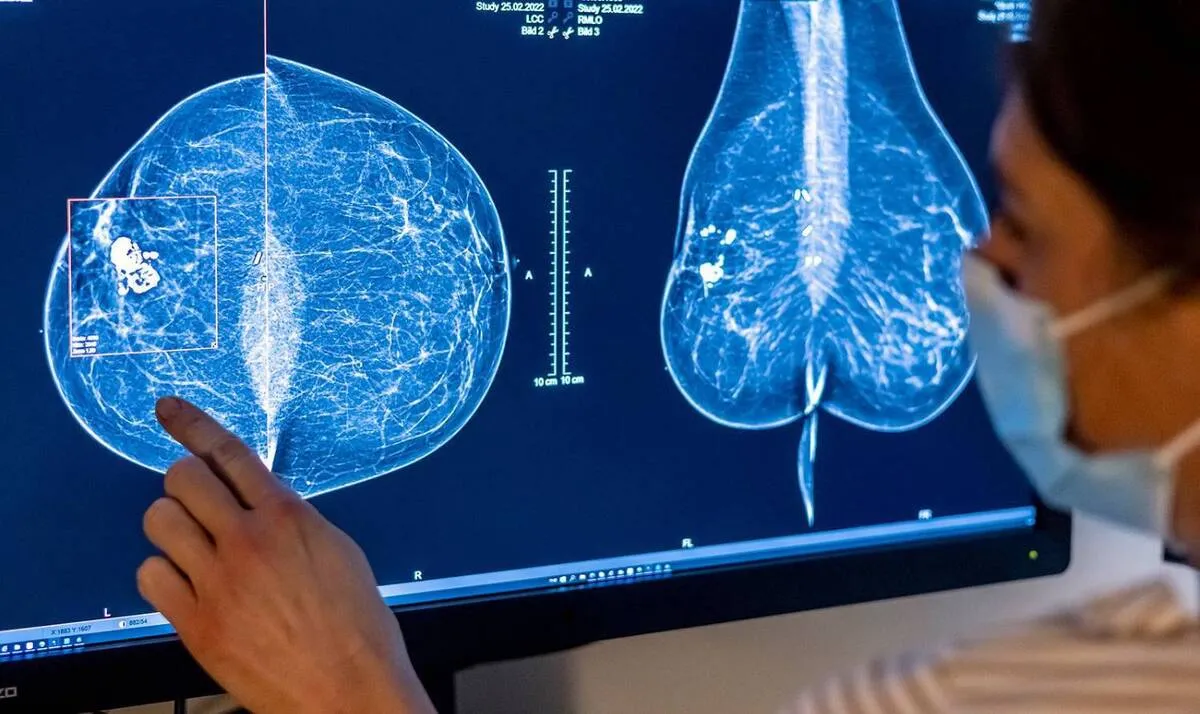Aussie Scientists Discover Biomarkers of Hard-to-Diagnose Breast Tumor

In their study published in the Journal of Pathology, scholars at the Garvan Institute of Medical Research innovated a DNA methylation classifier to distinguish phyllodes tumors from others.
Accounting for less than one percent of breast tumors, phyllodes tumors are mostly benign, but 10 percent can be malignant. With little known about the molecular underpinnings of this rare tumor, the current diagnosis primarily hinges on histological examination.
"The current way of diagnosing phyllodes tumors is to analyze their cellular features under a microscope. But this technique means they can be misdiagnosed as cellular fibroadenomas, sarcomas or metaplastic breast cancer, tumor types that may look the same but have very different growth rates, prognoses, and treatment pathways," said Ruth Pidsley, co-senior author of the study and leader of the DNA methylation biomarkers group at Garvan.
"Our epigenetic approach, looking at DNA methylation patterns, provides a new layer of information to add to traditional pathology," Pidsley noted.
After performing whole-genome methylation profiling in a novel cohort of 33 patients, the research team found that phyllodes tumors have a unique methylome, compared to normal breast tissue and potentially histopathologically similar tumors.
In addition, they identified 53 differentially methylated regions that could be used to distinguish malignant phyllodes tumors from benign cases, while also developing a machine-learning algorithm to carry out the differentiation.
"Disruption to epigenetic processes, such as DNA methylation patterns, is a recognized hallmark of cancer and can vary significantly between cancer types, allowing a unique cancer forensic signature," said Susan Clark, co-senior author and head of the Cancer Epigenetics Lab at Garvan.
"Harnessing the power of cutting-edge epigenetic technologies, like Digital Droplet PCR, our next step will be devising a sensitive epigenetic-based PCR test to detect phyllodes tumors that could be routinely used in pathology laboratories," Clark added.
4155/v





















